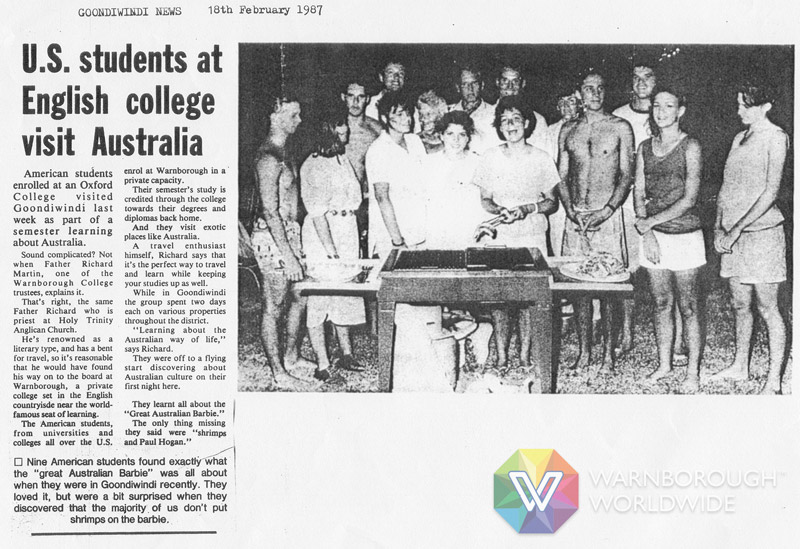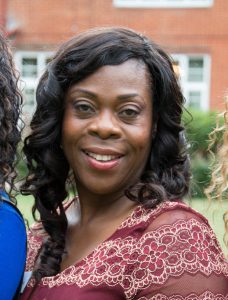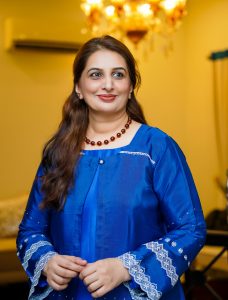by Rev’d Dr Richard Martin
The Chernobyl Reactor melt-down in 1987 and subsequent reports of radio-active fall-out affecting Welsh lamb, Danish sugar beets and the remote reindeer of Lapland, resulted in a cautionary if not exaggerated approach by many Study Abroad advisors in American colleges and universities with regard to the recommending to their students participation in semester abroad and year abroad programmes in Europe and the United Kingdom.
In such an environment Australia, New Zealand and the South Pacific, well-removed from Chernobyl, were perceived as safe, attractive alternate venues and those with which Warnborough College was familiar.
The College’s founders had maintained strong and influential links with Australia, thus the then global temperament afforded a prime opportunity for a well-placed Warnborough to launch its Australian Studies Programme (SAP).
In 1977, Rev. Dr William Chalker, Chaplain of the College of Idaho (who had brought groups of students to Oxford for summer programmes in the formative years of Warnbrough College – then Warnborough House), had sought the assistance Richard Martin, at that time a seminarian at Brisbane’s St Francis’ College and a student of the University of Queensland, in the outworking of an Australian study-travel itinerary for a group of Science students from the College of Idaho.
Expanding on that foundation, Mr Chris Price of Albany, NY. was engaged to promote and secure enrolments for Warnborough’s Australian Studies Programme, the academic catalogue for which was an impressive publication, professionally produced by Allen Advertising Inc of Baltimore, MD, (the chief clients of which were enterprises in the petroleum and chemical industries) and, of which firm, the son of its President, Mr John Allen and his wife, Tommye, had attended Warnborough College, Oxford – the Allen family becoming loyal and enthusiastic supporters of the College.
The First Group
The first group of American students touched-down at Brisbane airport on a thunder-storm delayed flight on Monday 5th January 1987. Having met with the Dean of the Australian Studies Programme, the by-then-ordained, Rev’d Richard Martin, they were conveyed by coach to St John’s College, University of Queensland, with their pre-prepared written assignments in hand and ready for submission and marking, the topic being, “Discuss the impact white intruders had on indigenous peoples in Australia and the Pacific before 1840”.
At that time the Rev’d Canon Professor John Morgan who, among other institutions, had studied at Oriel College, Oxford, and Georgetown University, Washington DC, was the Warden of St John’s College. He well-understood the philosophy of experiential education as espoused by American liberal arts colleges and universities such as those from which Warnborough’s students had come to study in Australia and who, also sometimes, were based at Emmanuel College at the University of Queensland.
As well as the formal teaching process by lectures and tutorials, the Australian Studies Programme afforded students the opportunity to meet with and learn from Australians representative of a broad spectrum of society, professional vocations, and business expertise.
Of politicians, students met with Sir Joh Bjelke Petersen, Premier of Queensland, and more regularly with his wife Senator Lady Florence Bjelke Petersen. She always facilitated a visit to Parliament House, Canberra. On one occasion this enabled some students to meet Australia’s Prime Minister, 1983-91, the Hon. Robert Hawke and, at other times the Leader of Her Majesty’s Opposition and later Prime Minister, 1996-2007, the Hon John Howard met with students.
Each semester’ carefully prepared study itinerary reflected Warnborough’s proudly Oxford origins and were titled Michaelmas and Hilary. Students participated in the Michaelmas Day services at Christ Church St Laurence, Sydney, (where, memorably, they would meet Michael Kirby, an eminent jurist and academic who became a senior Justice of the High Court of Australia, and Mr James Carter, a prominent Sydney lawyer and advisor to the programme); and the St Hilary’s Day Service either at St John’s Cathedral, Brisbane, or the Chapel at St John’s College.
Brisbane and Sydney always served as the main Study bases. In Sydney, students were mostly accommodated at Randwick’s Centre for Christian Education, sited conveniently to the campus of the University of New South Wales, and where Ceremonial Officer, Mr Yannick Aubree, always graciously welcomed the students. Sydney’s iconic Opera House was not only to be seen by students from the outside, as though the agency of Dr Neil McEwan of the Australian Broadcasting Commission arrangements were made for students to attend a concert at that venue.
Supplementary study bases were also included in every semester and varied from semester to semester. They included St Ursula’s College, Australian National University, and Gowrie Lodge, Canberra
In connection with Environmental Studies, a Great Barrier Reef visit or stay was included. Reef Lodge, Townsville, or Whitsunday Resort and Conference Centre, Airlie Beach, were the mainland study bases when well-qualified lecturers were engaged from James Cook University and the Great Barrier Reef Marine Park Authority.
Many semester’s study itineraries included a Barrier Reef island stay, sometimes Fitzroy Island and mostly Hook Island. Often, and in connection with Hook Island, the stylish white-hulled Ansett Airlines’ owned Norman Wright-built vessel, “Whitsunday Wanderer” would be chartered for the purpose of visiting other islands in the Cumberland Group. Sometimes from Hook Island, but mostly from Cairns and Shute Harbour, fast, ocean-going wave-piercing catamarans were used to power through the often large swells to get Warnborough’s groups to extremities of the Outer Reef.
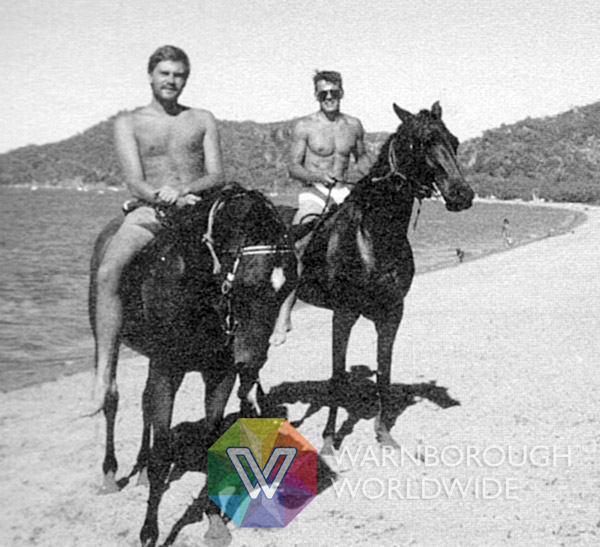
Horseriding on the beach in Queensland 
Visiting vineyards in the Hunter Valley
Flying Connections
In 1989 sudden and a total strike of all scheduled commercial airlines (one of the most expensive and dramatic industrial disputes in Australia’s history), also shut down Ansett’s marine operations and stranded students on Hook Island. The Dean chartered a Grumman Mallard, (formerly “Miss Daily Mail” an amphibious aircraft once owned by the New York newspaper of that name, and then owned and operated by Sea Air Pacific), to land on the sea off Hook Island and, transferred by launch to the aircraft and by two round trip flights, the group safely and expensively was delivered to Townsville.
A year earlier Mr Dick Smith, a successful businessman, philanthropist and ‘1986 Australian of the Year” whose achievements then included; First solo trans-Atlantic flight by helicopter (1982); First solo circumnavigation of the world by helicopter (1983); First helicopter to the North Pole (1987), hangared his helicopters at Sydney’s Bankstown Aerodrome next to those of the Dean’s brother’s business, National Helicopters.
It happened that he met one of Warnborough’s students who was visiting National Helicopters. A lively conversation ensued and when the Dean intervened that he and the student had to get back to The Centre at Randwick, Mr Smith said, “Let me give you a lift”, and with the unexpected offer readily accepted, the celebrated aviator flew them from Bankstown to Sydney’s Airport at Mascot, just a few miles distant from Randwick.
Mr John McGeachie, OBE, (the youngest Australian on whom was conferred the Order of the British Empire, and who to had served on Warnborough’s initial board), bridged the link between the academic, the business and the social aspects of the semester abroad programmes. By many he is remembered in connection with his association with Rowena Wallace of Australian stage, television and soap opera fame, and the disastrously failed “Rowena” brand cosmetics, (samples of which he gave to students), and through which the loss of his considerable investment brought both financial ruin and his untimely death and, Rowena, from fame to the brink of homelessness.
Through the hospitality of the Australian and American Society, many students enjoyed connections with their fellow-Americans who were resident in Australia, often meeting with the American ambassador or consular officials and also through the good offices of that Society’s members it was always ensured that Thanksgiving was not overlooked.
The significance of the international aspect of the programme was recognized by the Second Secretary of the South African Embassy Mr Jan Hough. Within the syllabus of the Political Science course he addressed students on points of common history and culture between Australia and South Africa, entertained the Dean of the Programme in Pretoria, and enjoyed unwanted prominence when in 1988 his motorcar was fire-bombed in Canberra by anti-apartheid Pan African Congress of Azania activist, the subsequently convicted Ms Kerry Nemadzivhanani.
Sir Edward Stewart, a hotelier and Chairman of Castlemaine Perkins Brewery always made a visit to Brisbane’s XXXX (Four Xs) Milton Brewery available to the students. Adjoining the brewery was St Francis’ College, the Anglican Seminary where the Dean had read Theology.
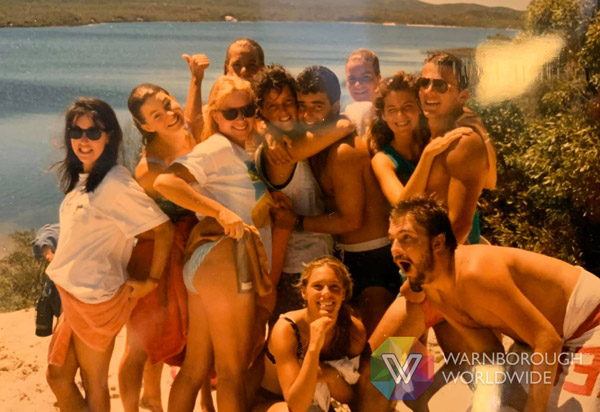
Visiting Moreton Island (1988) 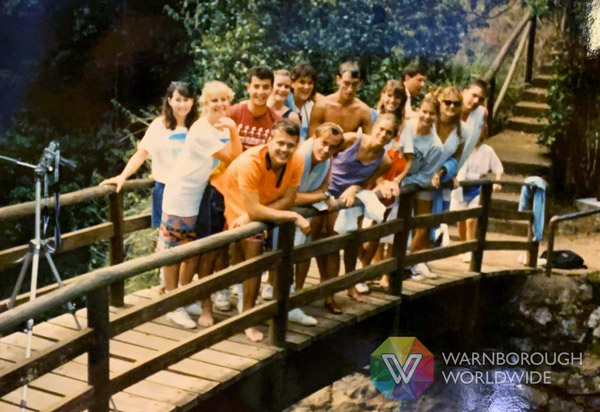
Visiting the Hinterland (1988) – photos courtesy of Kelley Korch
Theology
In the late 1990s when a course with Theological aspects was considered for inclusion in the Semester Abroad Programme the Dean approached the Rt Rev’d John Noble, Principal of St Francis’ College, inviting the College’s co-operation in the course work. However, the offer was declined. Instead, the Dean approached Rev’d Fr Iverson, Rector of St Patrick’s College, Manly, (Sydney’s Roman Catholic Seminary), a committed ecumenist, who was most receptive and encouraging, and who invited all of Warnborough’s students thereafter to visit its magnificently headland-sited Manly campus.
The span between the Fall and Spring semesters provided the Dean, and often with Dr John Allen, to make representations to American colleges and universities to promote Warnborough College, and in particular, its Australian Studies Programme, (much of which work hitherto had been done by Dr Daryl Tempest-Mogg).
On some occasions the span between the Fall and Spring semesters allowed the Dean to assist in ministry in Australian parishes. During this time in 1992 when serving as Locum Tenens in the Brisbane Parish of New Farm, he met Mrs Rene Harris. As well as becoming an assistant in administrative aspects of the Australian Studies Programme, Mrs Harris briefly worked at Warnborough’s Oxford campus. She also had introduced the Dean to the proprietor of Brisbane’s Achievers’ College, Mrs Carmel Thompson who maintains a high profile amongst international independent education providers and who is presently a member of the College’s Council.
The outback was far from the cosmopolitan study-bases in cosmopolitan Sydney or sub-tropical Brisbane, but it played an important part in the students’ experience of Australia. Transiting between the Brisbane and Sydney study bases students were given a two-weeks free-travel period and were supplied with an Australia-wide unlimited mileage coach pass.
Whilst some students ventured to the dead heart, Alice Springs and Ayres Rock, others crossed the continent to the Indian Ocean coast. Some visited such places as the Southern Ocean’s Kangaroo Island, one suffered a snake bite in a remote location near the Queensland and Northern Territory border, and all had the opportunity of being welcomed to stay with a family on an outback rural property – a wheat or cotton farm, or on a sheep or cattle station – usually in the southwestern districts of Queensland and relating to Goondiwindi of which Parish the Dean had been Rector, where his mother and step-father lived and where, in the adjoining Parish and on a farm, Mrs Jane Makim, sister of Sarah, Duchess of York, lives
In 1987 an arrangement between the Archbishop of Canterbury, the Most Rev’d and Hon. Robert Runcie and the primate of Australia, the Most Rev’s Sir John Grindrod, facilitated the Dean’s becoming Chaplain to Warnborough College, Oxford.
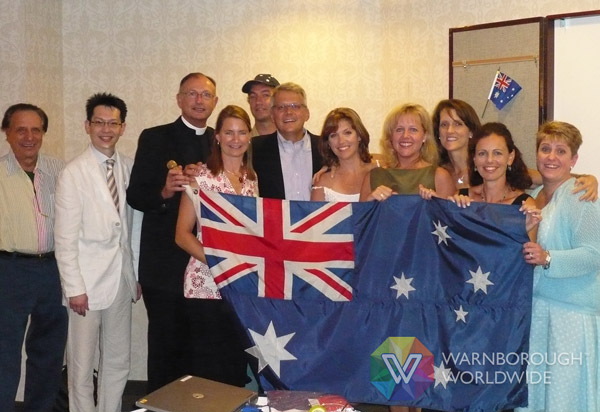
20th anniversary in Portsmouth, New Hampshire (2008) 
32nd anniversary in Washington, DC (2020)
Major Changes
A major restructuring of Warnborough College in 1998 saw the reluctant closure of its impressive Victorian-era, expansive, yet all-too-costly-to-maintain campus on Oxford’s Boars Hill. Consequently, an interim base for the functioning of the College was maintained in London before the acquisition of its Canterbury base in 2001. The London interlude was when, with the advent of the internet and digital technologies, Warnborough set about pioneering Distance Education through the ability of Dr Julian Ng, thus expanding its post-Oxford reach in education well-beyond Australia, North America, and Russia, (to which country Warnborough had offered Summer programmes), to Africa, the Middle East, the Indian Subcontinent and to South East Asia.
During this transition, Study Abroad Australia Inc was founded by the Dean and Dr John Allen and it became the entity for the operation and promotion of the College’s Australian Studies Programme as well as engaging in outreach to the remote Pacific, flying the Warnborough flag in Vanuatu and the Solomon Islands and also making political, academic and media representations in the Marshall Islands, Pohnpei, Guam and Palau.



